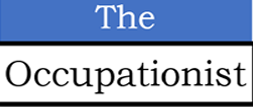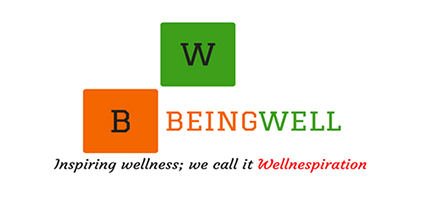In one of the TheBetterIndia posts, I happened to read about Ramanathan Krishnan, India’s international level tennis player of the 1960s. While he was winning international tournaments, Ramanathan Krishnan (RK) also ignited a quiet cooking revolution in Chennai, India.
What did RK do? He introduced cooking gas to Chennai residents in the 1960s at a time when the kitchen fuel was coal or firewood. To help the Chennai residents transition to clean cooking, RK even offered 50 cylinders free with a return policy. This was done because the Chennai residents were resistant to the change from the traditional cooking methods to something new. However, with persistence, RK eventually gained the trust of people and succeeded in the making the transition happen, perhaps becoming a pioneer in clean energy.
Over the years I have realised that I as an OH physician we can do what RK did. In fact, we do make transitions happen in healthcare of employees many times without realising our own contributions.
For example, an informal chat with employees in the company where I worked in Mumbai, resulted in creating a new habit of having some physical activity among the employees. In small batches of around ten, employees would go down the elevator and climb the stairs on their way back. They could climb however much they wanted; it was non-competitive. The employees were told to stop the activity in case of any symptoms while climbing the stairs and report immediately to the medical team for further action.
In another example, in 2022 an initiative by me encouraged a few of the employees to join me in a post-lunch walk in the newly constructed mall that was opposite our office in Maker Maxity, Bandra, Mumbai. We would end up walking at least a kilometre (1500 steps), be it rains or the hot and sultry weather of Mumbai. Looking us, many other employees of other companies started to walk in the mall.
I did something similar in a mall in Abu Dhabi in 2007 where I had a short stint with an oil and gas company. The mall was about 500 steps from my accommodation. Once in there one could escape the heat of Middle East. Here, of course, I would walk alone as it had to done in the morning before the mall opened and not many of my newly formed friends were willing to wake up early and join the walk in the mall. In 2007, one had to buy a pass to gain access to ‘officially’ walk in the mall in Abu Dhabi; perhaps the only mall in the world then to have a facility to walk.
I never knew that an invitation to talk to mainly the immigrant workers from India working in the oilfields of Oman could influence them to start a simple physical activity like walking. Luckily, the management of this large contracting company was supportive when workers requested that they be allowed to walk for 20 minutes before boarding the bus to begin working for the day in the far-off oilfields. Slowly, it became a habit and quite a few started a post-dinner stroll and ‘felt’ better than before. This was revealed to me in my successive talk to them on a different topic.
During social events I am often asked what do I do for a living. My answer is that as an Occupational Health physician my work involves preventing an illness from happening to the worker due to the work, workplace or working conditions (3Ws). If a problem is identified with any of the 3Ws, it is mitigated, and that not only prevents illness in one person but all those doing similar jobs. That is the power of Occupational Health, and this impresses them.
Nowadays, it is not uncommon for me to get calls wherein I am consulted on health issues as perceived by the caller (an employee), happening due to something ‘wrong’ because of 3Ws. Sometimes, a small tweak in the way the worker (caller) works helps and then it is shared with other employees.
Example, a caller called me regarding her eye strain and upper backache. During the conversation, it was revealed that she had recently joined an IT firm after graduation and had to spend long time in front of a computer. She wasn’t taking breaks which was causing the discomfort. She had seen an eye specialist who did a vision test which was normal. Her GP prescribed pain-killers which weren’t helping.
My recommendation to her was to take frequent breaks (to get up from the chair every 30 minutes, stretch the body, walk around for a minute, see a distant object from a window and return back to work). Doing just this helped her so much that she called me to inform that the eye strain and upper backache has almost gone. Not only that, she also told me that few of the coworkers had similar problems and she shared the idea of taking frequent breaks and they are all improving without medications.
The power of OH is immense and we as OH physicians must subtly influence everyone we come across and advise them proactively or reactively depending on the prevailing circumstances. Influencing people will not only help them but also spread the message about the role of Occupational Health as a medical specialty in preventing and even curing some illnesses.
Occupational Health prevents illnesses proactively and has the ability to cure some illnesses reactively (after a work-related illness has set in).
To know more, contact
____________________________________________________________________________________________
Dr Ajay Sati is an Occupational Health physician who prefers to describe himself as an Occupationist, to denote, ‘an expert in diseases and other concerns of occupations.’ Dr Sati has managed health and wellness programs in industries he worked, like the atomic energy, and energy (oil & gas) in India and overseas. An experienced virtual consultation expert he was involved in many greenfield and brownfield projects providing inputs from health point of view.



